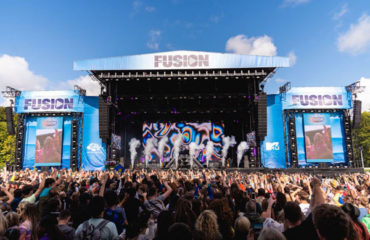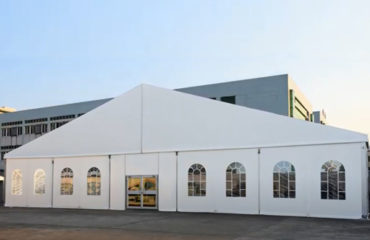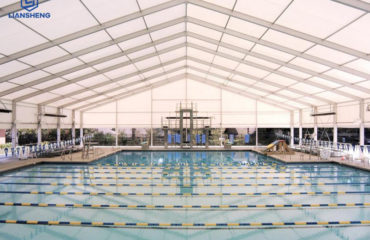A stage design can encompass a variety of different elements and can be tailored to the particular needs of a production. For example, a minimalist design may feature a few basic scene elements such as a flat, scenic backdrop, a few props, minimal lighting and a platform for actors.
Stage design is a crucial part of any theatre production as it helps create the atmosphere and visually enhances the performance. Good stage design can help to set the tone of a show as well as to help direct focus to particular areas. It can also help to capture the audience’s imagination and evoke emotion. For example, a designer might use certain stage elements to represent the setting of a play, such as props, costumes, and lighting, to draw the audience in and allow them to feel as if they are actually in the scene. This can be especially important when depicting certain emotions or feelings, as a well-designed stage allows the audience to connect more deeply to the performance. Good stage design also adds to the overall production’s production value. This means that it helps to make the performance more enjoyable and effective. Quality props, sets, and lighting are key elements to successful stage design because it helps to create a believable atmosphere and ensure that the audience is able to fully immerse themselves in the show. Another key factor in good stage design is ensuring that there is adequate space for the actors to move around. Poor staging can lead to distracting movement, which can detract from the performance and make the audience disconnect from the show. In summary, good stage design is essential for any theatre production as it helps to capture the audience’s imagination and evoke emotion. Quality props, sets, and lighting are all key elements to ensure the audience is able to immerse themselves in the show. And adequate space must be ensured so that actors’ movements do not distract from the performance.
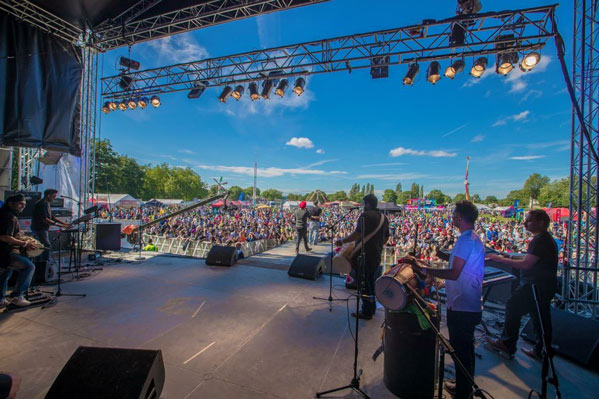
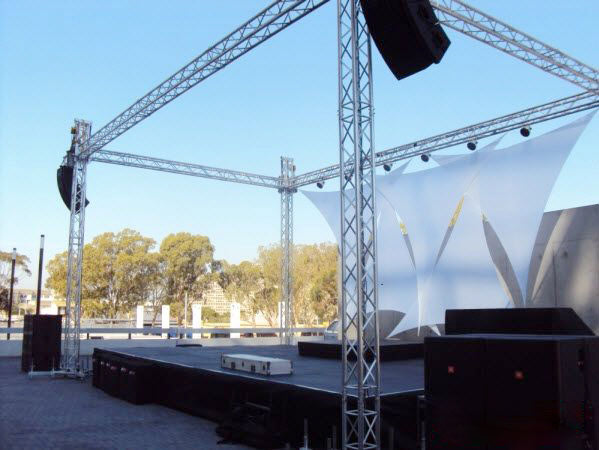

 中文
中文 English
English